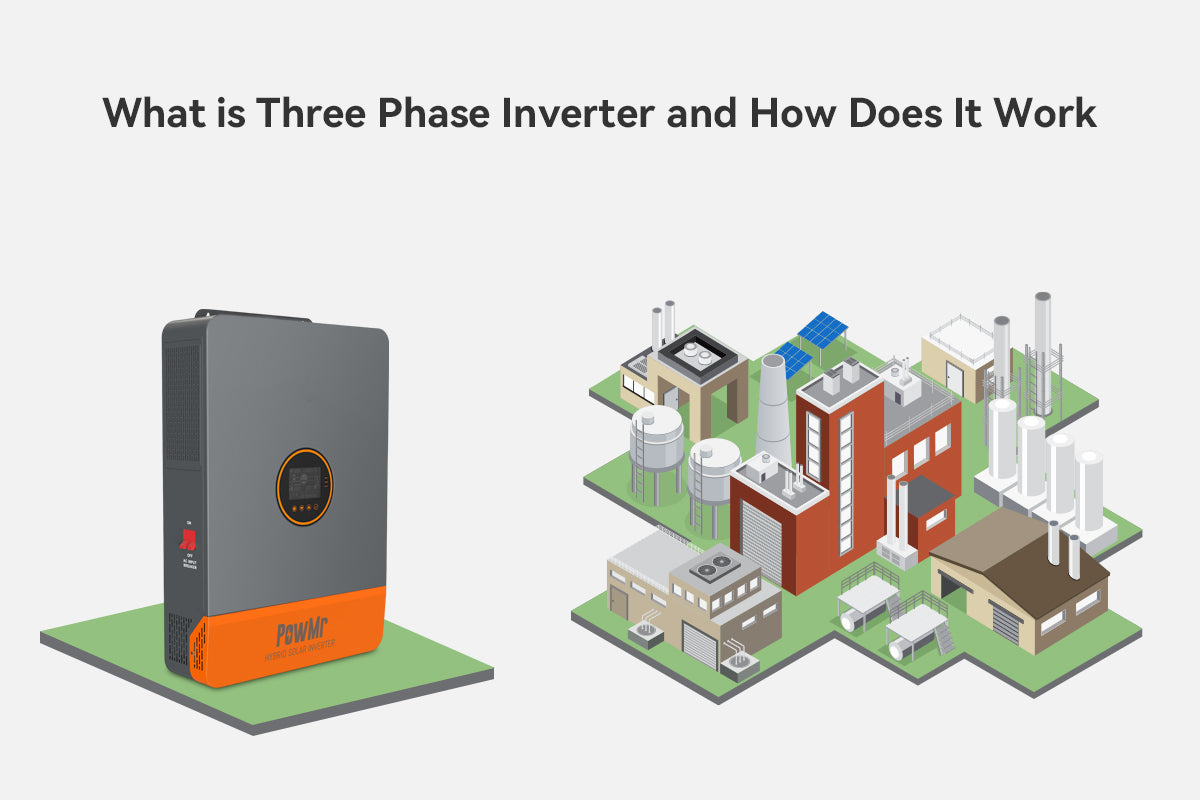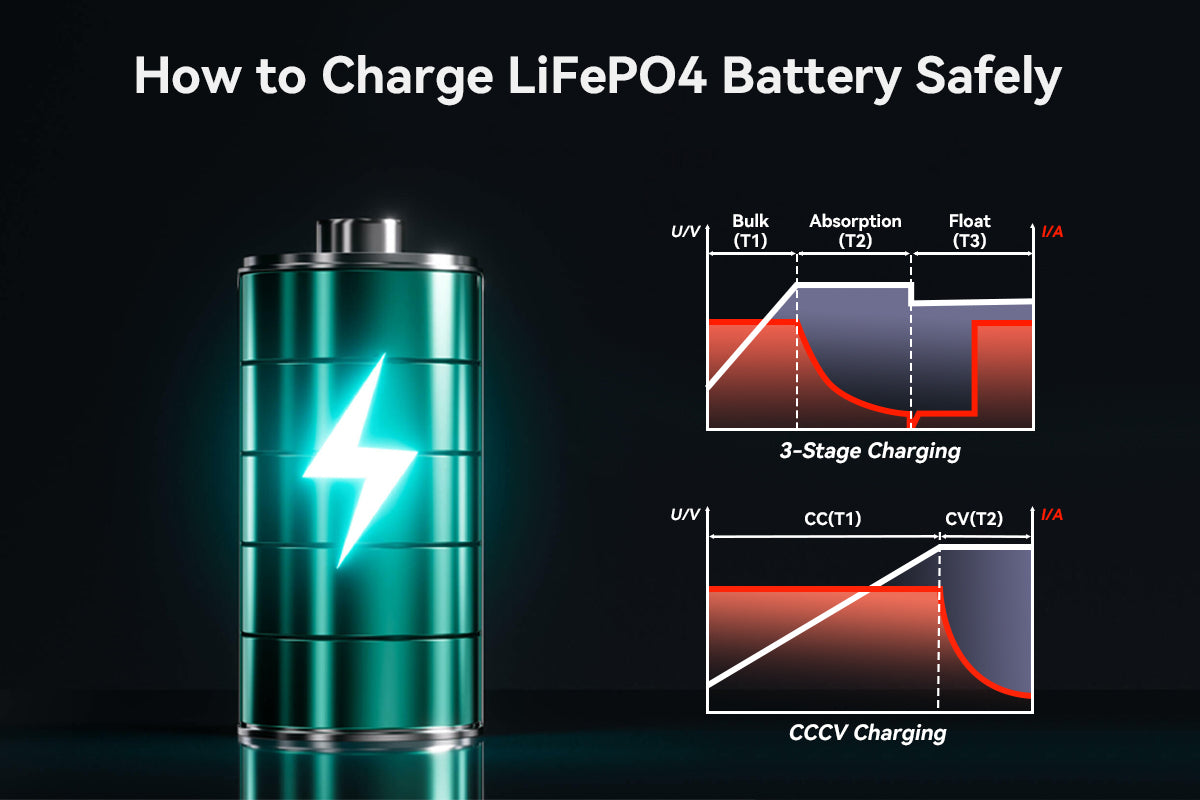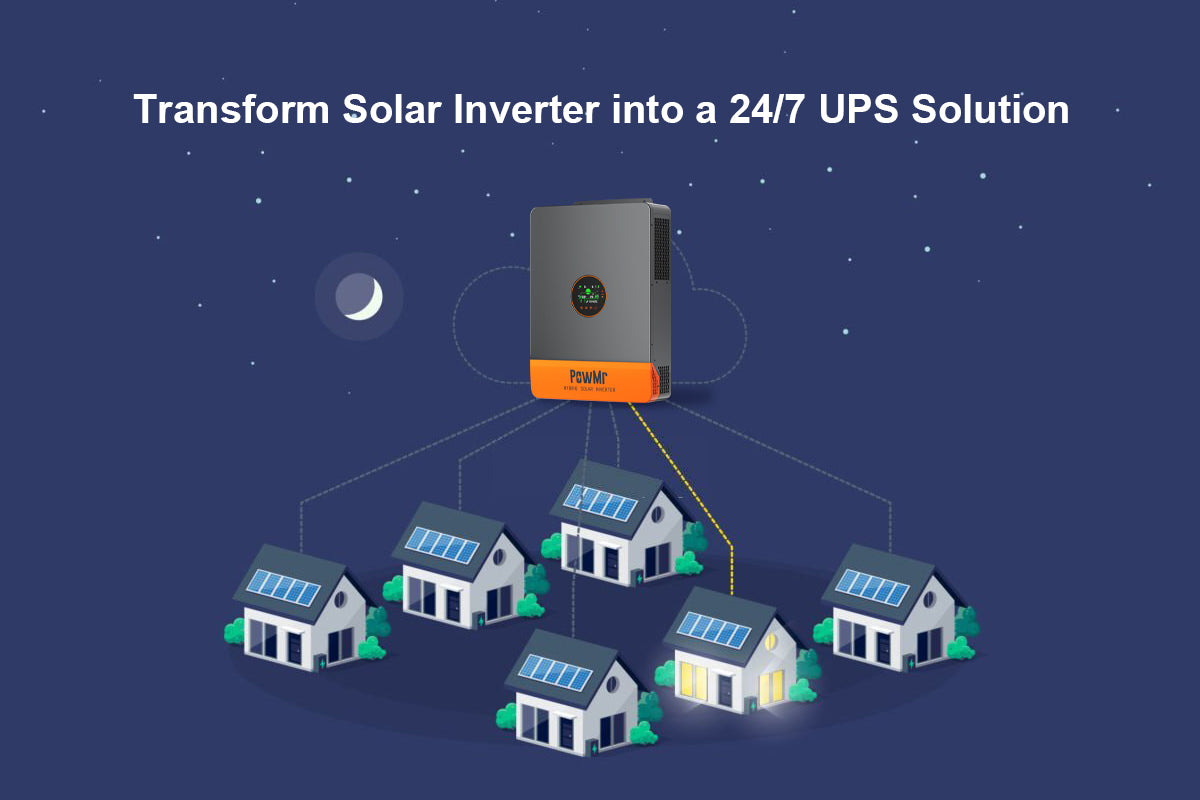After discussing the split-phase inverter, today we will analyze a key component in large solar installations: the three-phase inverter.
The departure of a three-phase electrical system from conventional single-phase systems enhances efficiency and opens avenues for superior power distribution. Understanding the basics of three-phase power is fundamental to appreciating its applications in solar setups.
- What is three phase power
- What is three phase inverter
- How does a three phase inverters work in solar power system
- Conversion of DC to AC
- Regulation DC power from solar panel (DC to DC)
- Conversion of AC to DC
- Synchronization with the Grid
- Advantages of Three Phase Inverters Over Single Phase Inverters
- When Three Phase Inverters are Necessary
What is three phase power
Three-phase power is a type of electrical power transmission that involves three sinusoidal waveforms, each offset in phase by one-third of the cycle, or 120 degrees apart. It is a common method used in electrical power generation, distribution, and utilization.

The voltage standards for three-phase electricity systems can vary based on regional regulations, grid requirements, and industry practices.
Three phase power voltage of Europe
For example, the European three phase electricity supply system typically adheres to standardized voltages, such as 380V/400V/415V, with potential variations across countries.
The 3-phase electricity supply utilizes a 4-wire system, with three wires designated as phase or line wires, and the fourth wire as the neutral wire. The voltage between any two line wires is designated as 380V, 400V, or 415V, termed as the phase-to-phase / line voltage.

The phase-to-neutral / phase voltage, measured between each line wire and the neutral wire, is 220/230/240V. This standard extends beyond industrial and business contexts, finding application in residential settings as well.
Three phase power voltage of North America
In the Americas, three-phase power systems exhibit diverse voltage standards, with common values of 208V, 240V, or 480V, determined by specific applications and local regulations.
For example, three-phase power systems, prevalent in US commercial buildings, typically feature a 120/208V setup with four wires. Industrial plants favor a denser and more powerful 277/480V three-phase arrangement, providing significantly greater power supply either at the same current.
Three phase power voltage of Oceania
In Oceania, Australia and New Zealand align with global practices, adopting 400V standards for three-phase solar systems.
Three phase power voltage of Asia
Moving to Asia, China opts for 380V or 400V, and Japan follows local norms like 200V or 400V. In the Middle East, exemplified by Saudi Arabia, a uniform 400/690V standard prevails.
Three phase power voltage of Africa
Turning to Africa, South Africa adheres to 400V standards, while Nigeria and other African nations lean towards European norms, employing 400V for three-phase systems. North African countries like Egypt mirror the Middle East with 400/690 V standards.
What is three phase inverter
A three-phase inverter is a device that converte dc power to three distinct AC waveforms, phased 120 degrees apart to create a synchronized three-phase AC output.
In solar applications, the inverter plays a crucial role by converting solar DC power into AC power for seamless integration with the grid or three-phase equipment, particularly in hybrid systems requiring efficient energy conversion.
How does a three phase inverters work in solar power system
Conversion of DC to AC
Tipically, three-phase power comprises four wires, with three serving as active phases and an additional neutral wire, grounded at the switchboard.

For example, the PowMr SunSmart L3 series inverter (8kw, 12kw) ensures an AC output across L1, L2, L3, and N, with an adjustable phase voltage ranging from 200 to 240Vac (230Vac default). Additionally, the inverter provides flexibility with an adjustable line voltage between 350 and 415V, with a default setting of 400Vac. This adaptability benefits both single-phase appliances and three-phase devices, making it a versatile choice for residential and commercial applications.
Regulation DC power from solar panel (DC to DC)
To meet the high energy demands and ensure the three-phase system's independence from the grid, energy storage batteries are commonly integrated. This allows the system to operate autonomously and serves as a backup during grid outages. To efficiently harness solar energy, three-phase inverters incorporate Maximum Power Point Tracking (MPPT) solar charge controllers.
For example, the PowMr SunSmart L3 8kw three-phase inverter is equipped with dual MPPT charge controllers, each of which supports a wide input voltage range of 200 to 650Vdc, with a maximum solar panel input power of 6000W per channel. This ensures that the solar panels operate at their maximum efficiency, enhancing overall system performance and maximizing energy harvest.
Conversion of AC to DC
After the integration of an energy storage battery, the conversion of AC power to DC enhances the flexibility of the electricity system. The seamless combination of AC to DC and DC to AC optimizes energy usage and grid interaction.
This dynamic functionality not only ensures a stable power supply but also enables the system to take advantage of off-peak hours and minimize electricity costs. In the context of three-phase solar systems, the advantages of peak shaving and valley filling are amplified, especially in industrial settings where peak demand is more pronounced.
The PowMr three phase inverter accepts a phase voltage range of 170 to 280V and a line voltage range of 305 to 485V during the AC to DC conversion stage. Featuring time-slot charging/discharging settings, capitalizes on peak and valley tariffs to minimize costs. Ideal for three-phase solar systems, especially in industrial settings, it excels in peak shaving and valley filling applications, ensuring a stable power supply and efficient grid interaction.
Synchronization with the Grid
In hybrid solar power systems, precise synchronization with the electrical grid, which means achieving armony in output frequency, waveform, phase, and voltage, is crucial for seamless integration, is essential for a smooth power transfer. The three-phase inverter will be responsible for this task.
Exemplified by PowMr three phase inverter, it offers frequency options of 50 or 60Hz, contributing to a synchronized and stable connection to the grid. Additionally, it delivers a pure sine wave output, enhancing the quality and reliability of the generated power.
Advantages of Three Phase Inverters Over Single Phase Inverters
Enhanced power density
Three-phase inverters allow the delivery of equivalent amperage with smaller wires, increasing overall power density in distribution systems.
Efficiency boost
Compared to single-phase circuits, three-phase systems provide nearly double the power with the same current, leading to improved efficiency in power distribution.
Space optimization
Compact utilization of more power in less space reduces cabling costs and delays capital expenditures, contributing to overall space optimization.
Applicability
Particularly beneficial in power-intensive environments such as high-density IT installations, data centers, warehouses, fabrication, and manufacturing industries.
Conclusion - When Three Phase Inverters are Necessary
It's important to note that for residential applications with smaller solar installations, a single-phase solar inverter may be sufficient. The choice between single-phase and three-phase inverters depends on the specific requirements of the installation and the characteristics of the local electrical grid. Below are the common scenarios where the advantages of three-phase power distribution are essential for optimal performance and integration.
Industrial Applications
Industries with heavy machinery and high power demand benefit significantly from three-phase inverters. The higher power capacity and stability provided by three-phase systems are crucial for sustaining industrial operations without disruptions.
Large Commercial Installations
Commercial establishments with substantial energy requirements, such as shopping malls, data centers, and large office complexes, find three-phase inverters necessary. These inverters can efficiently handle the diverse and demanding loads encountered in such environments.
High Energy Consumption Homes
In residences where energy-intensive appliances, such as electric water heaters, HVAC systems, and kitchen equipment, are prevalent, a three-phase inverter can provide a more balanced and stable power supply. This is particularly relevant in larger homes with multiple high-power devices operating simultaneously.
Solar Farms
In large-scale solar farms covering vast areas, three-phase inverters are indispensable. Their ability to transmit power over long distances with minimal losses ensures efficient energy delivery from remote solar arrays to the grid connection point.
Electric Vehicles (EVs)
Electric vehicles often use three-phase inverters in their power electronics for converting DC power from the high-voltage (HV) battery to AC power to drive the electric motor. Three-phase systems provide smoother and more efficient operation for electric vehicle propulsion.
Grid Connection
In regions where the electricity grid is three-phase, using a three-phase solar inverter ensures seamless integration with the grid. Three-phase systems are commonly used in urban areas and in locations with high power demand. Using a three-phase inverter helps balance the power distribution across the three phases.




Leave a comment
This site is protected by reCAPTCHA and the Google Privacy Policy and Terms of Service apply.